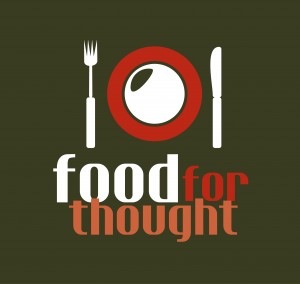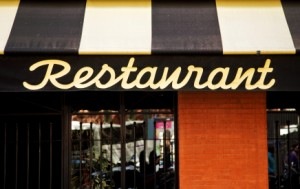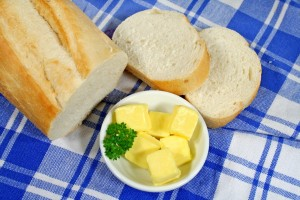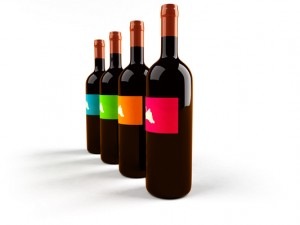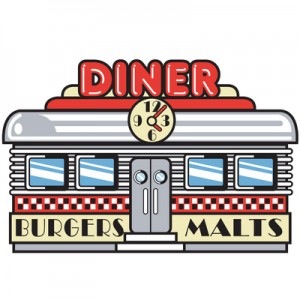 The average adult in the US eats 4.8 meals in restaurants each week.
The average adult in the US eats 4.8 meals in restaurants each week.
An online survey of 4000 consumers’ behavior found:
- The most popular restaurant meal is lunch
- 2.6 lunch meals are eaten out, on average, each week
- The lunch meals are both take-out and restaurant dining
- 1.4 sit down dinners each week are in restaurants
- 0.8 brunch or breakfast meals are eaten out each week
How People Label Their “Eating Out” Preferences
- Nearly 50% of the people responding to the survey call themselves “meat lovers”
- 22% have a “sweet tooth”
- 19% call themselves “fast food junkies”
- 18% call themselves “health nuts”
- 5% are self-described “vegetarians or vegans”
- 35% describe themselves as “experimental eaters”
- 25% call themselves “foodies”
- 11% refer to themselves as “locavores,” or lovers of local food
Takeaways
It’s important to remember that this is a survey of 4000 people – done online — which makes it a survey of people who spend time online, who are willing to take a survey, and who eat out quite a bit.
That said – it seems that a lot of people are eating out a lot of the time. If you are, too, consider building eating out into an overall eating plan so that you can continue to eat out, eat well and healthfully, and still manage your weight.
